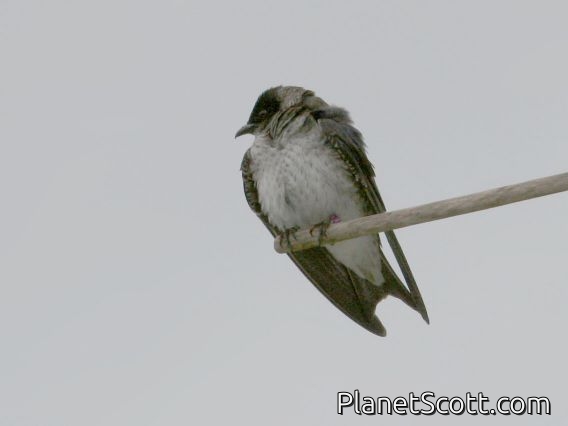Purple Martin (Progne subis)

Purple Martin (Progne subis) Female
×


Purple Martin (Progne subis) Female
About Purple Martin (Progne subis)
- Kingdom: Animals
- Phylum: Chordates
- Class: Birds
- Order: Perching Birds
- Family: Swallows
The purple martin is a passerine bird in the swallow family Hirundinidae. It is the largest swallow in North America. Despite its name, the purple martin is not truly purple. The dark blackish-blue feathers have an iridescent sheen caused by the diffraction of incident light giving them a bright blue to navy blue or deep purple appearance. In some light, they may even appear green in color.
Source: Wikipedia
Visits
-
2007-06-14
Cape May Point State Park, United States of America -
2007-10-10
La Mancha, Mexico -
2008-07-10
Shea Stadium, United States of America -
2009-02-12
Corn Islands, Nicaragua -
2010-06-21
Cape May Point State Park, United States of America -
2013-04-19
Bolivar Peninsula, United States of America -
-
-
-
-
-
-
-
-
-
-
-
-
-
2023-09-30
La Selva, Costa Rica -
-



